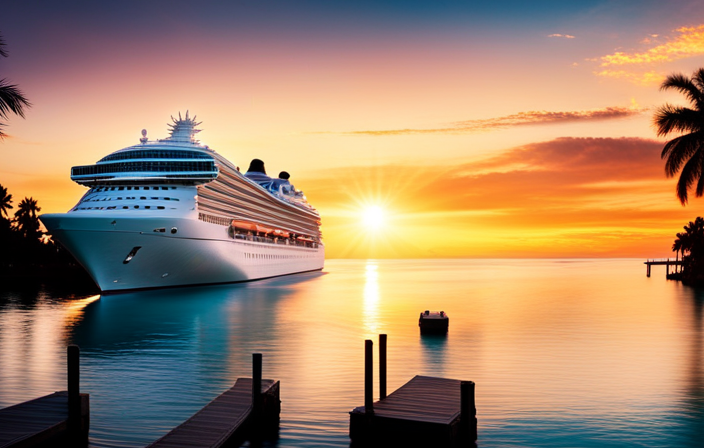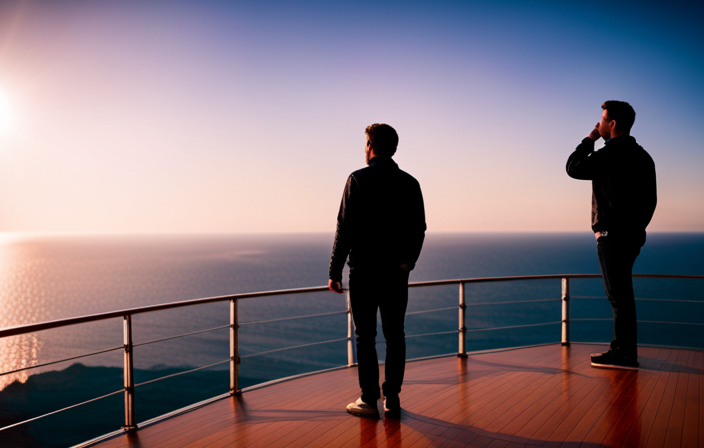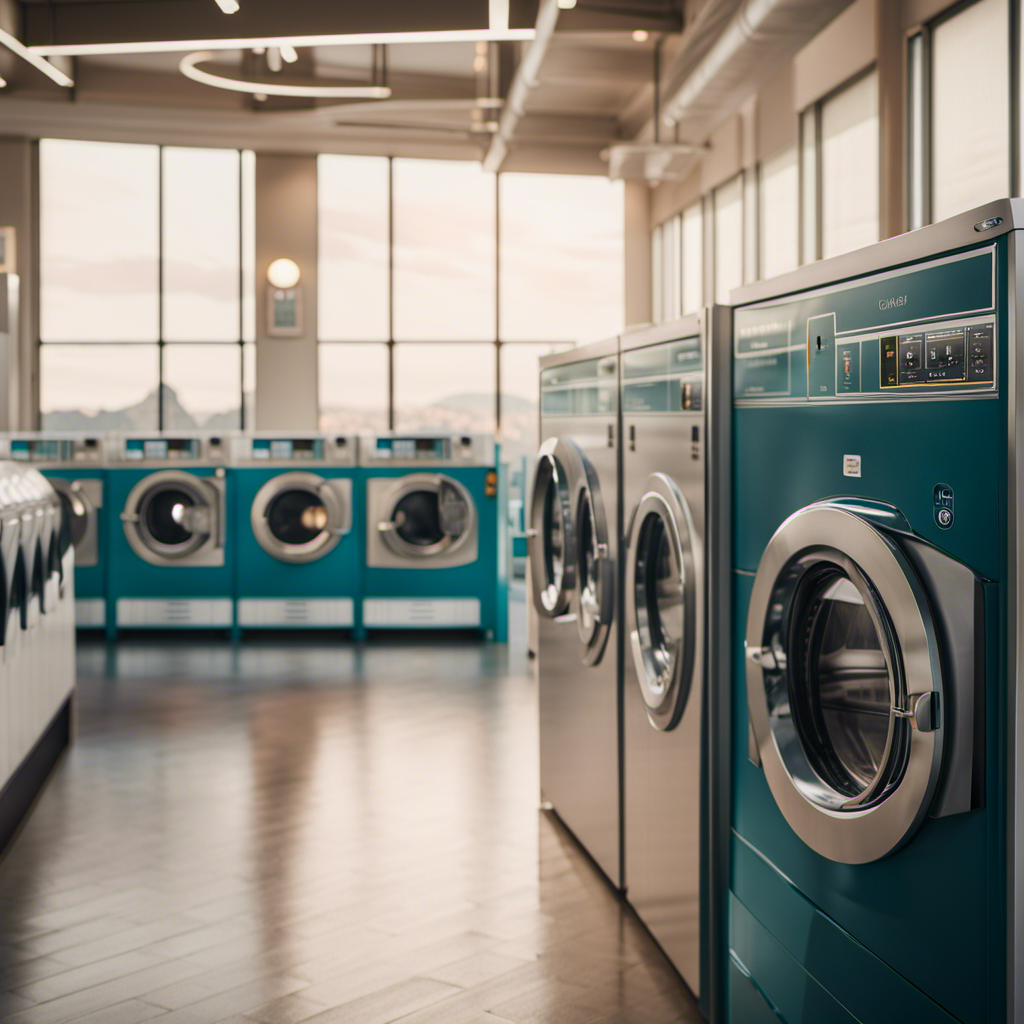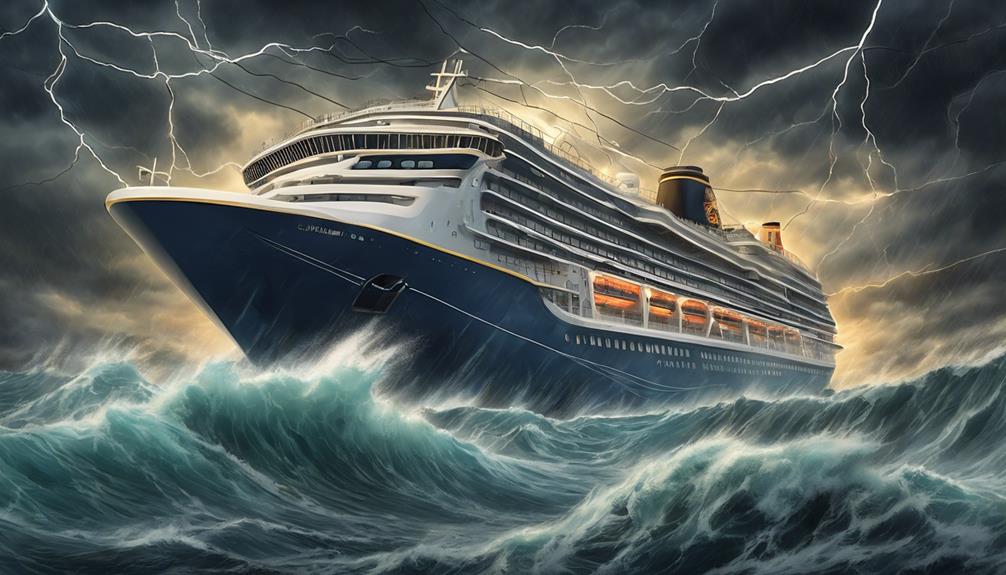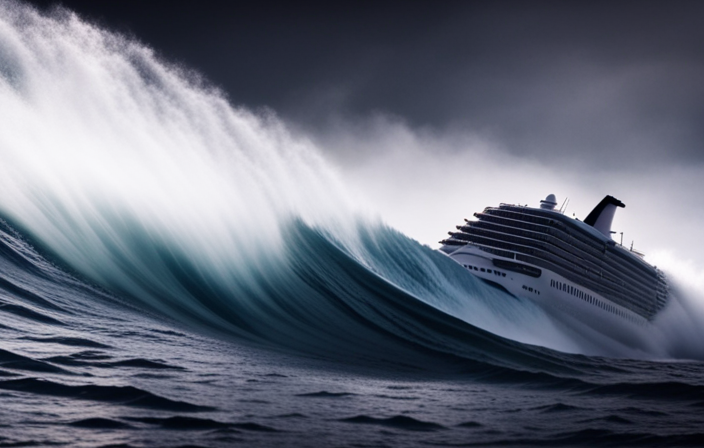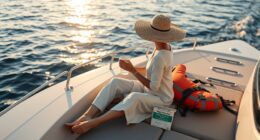Watching your baby grow and reach important developmental milestones as a caregiver is an incredible journey. Cruising is one such milestone, where your little one starts to explore their surroundings by holding onto things for balance and moving around. This stage is filled with excitement, joy, and wonder.
But you might be wondering, ‘How old does a baby have to be to cruise?’ Well, the answer is that there is no set age. Every baby develops at their own pace, and while some may start cruising as early as 8 or 9 months, others may take a little longer.
In this article, we will explore the developmental milestones of walking, signs that your baby is ready to start cruising, and how you can support and encourage them in this exciting stage of their growth. So let’s dive in and discover all there is to know about your baby’s journey to cruising!
Key Takeaways
- Typically, babies start cruising around 9 to 12 months old.
- Every child reaches this milestone at their own pace.
- Cruising is a significant developmental milestone.
- It signifies their growing independence.
Understanding the Developmental Milestones of Walking
So, you’re wondering how old your little one needs to be in order to start cruising, huh?
Well, cruising is actually a developmental milestone in the process of learning to walk. Before babies can cruise, they need to go through several stages of motor skill development.
First, they learn to lift their head and roll over, then they start sitting up independently. Next, they begin to crawl and pull themselves up to a standing position. Finally, they develop the strength and balance needed to cruise along furniture or other support surfaces.
It’s important to remember that every baby is different and may reach these milestones at different ages. However, most babies start cruising around 9-12 months old.
Now that you know the developmental stages, let’s talk about the signs that your baby is ready to start cruising.
Signs That Your Baby is Ready to Start Cruising
Ready to start cruising? Look out for these signs in your little one! When it comes to cruising, your baby needs to be physically and cognitively ready. Physically, your baby should have good head control and be able to sit up without support. They should also be able to bear weight on their legs and pull themselves up to stand. Cognitive readiness is also important, as your baby needs to have a sense of balance and coordination. Look for signs that they are able to understand cause and effect, such as reaching for objects and using them for support. Pay attention to their curiosity and willingness to explore their environment. These signs indicate that your baby is ready to start cruising and discovering the world around them. As they develop strength and stability, they will be able to take their first steps towards independent walking.
Building Strength and Stability for Cruising
To build the necessary strength and stability for cruising, your little one will need to work on developing their core muscles and balance skills. Here are four ways you can help your baby build muscle and improve their motor skills:
-
Tummy Time: Encourage your baby to spend time on their tummy, which helps strengthen their neck, back, and arm muscles. Start with short sessions and gradually increase the duration.
-
Encourage Crawling: Crawling helps develop arm and leg muscles, as well as coordination. Create a safe and open space for your baby to explore and encourage them to crawl towards toys or objects.
-
Supportive Toys: Use toys that encourage your baby to sit up or stand, such as activity tables or push toys. These toys help strengthen their leg muscles and improve balance.
-
Assisted Walking: Once your baby is able to stand with support, help them take small steps while holding their hands. This will build their leg muscles and improve their walking skills.
By building muscle and improving motor skills, your baby will soon be ready to cruise around independently.
Now, let’s talk about creating a safe environment for your cruising baby.
Creating a Safe Environment for Your Cruising Baby
When your little one starts exploring independently, it’s important to create a safe environment that minimizes the risk of accidents and injuries – did you know that every year, thousands of children are rushed to the emergency room due to falls and other accidents in the home? Babyproofing your space is essential to keep your cruising baby safe. Here are some babyproofing tips to consider:
- Secure furniture and appliances to the walls to prevent tipping over.
- Use safety gates to block off stairs and other dangerous areas.
- Cover electrical outlets with safety plugs.
- Lock cabinets and drawers that contain hazardous items.
- Place soft padding on sharp corners of furniture.
Additionally, choosing appropriate footwear for your baby is crucial. Opt for soft-soled shoes or socks with grippy soles to provide traction and stability. Avoid shoes that are too stiff or have thick soles, as they can hinder your baby’s ability to feel the ground and develop balance.
By creating a safe environment and choosing the right footwear, you can support your baby’s cruising journey and help them take their first steps with confidence.
Encouraging and Supporting Your Baby’s First Steps
Encouraging and supporting your little one as they take their first steps is a thrilling and monumental milestone in their physical development. It is a time filled with excitement and pride as you watch your baby begin to explore the world on their own two feet.
To help you enjoy this special time, here are four key ways to encourage independence and celebrate these important milestones:
-
Provide a safe and supportive environment: Clear away any potential hazards and create a space where your baby can freely move around without fear of falling or bumping into things.
-
Offer plenty of encouragement and praise: Cheer your baby on as they take their first wobbly steps, and celebrate their efforts with claps and smiles. This positive reinforcement will boost their confidence and motivate them to keep trying.
-
Use toys and games to stimulate their interest: Introduce toys that encourage walking, such as push-along toys or walkers. These will provide support and make the process more enjoyable for your baby.
-
Allow for independence: Resist the urge to hold your baby’s hands constantly. Instead, let them explore and take small steps on their own. This will help them develop their balance and coordination skills.
By following these tips, you can create an environment that encourages independence and celebrates your baby’s first steps.
Next, we will explore how to introduce furniture and objects for support, further aiding your baby’s journey into mobility.
Introducing Furniture and Objects for Support
Create a supportive and exciting environment for your little one’s journey into mobility by introducing furniture and objects that will provide the necessary support and spark their curiosity. It’s important to ensure the safety of your baby by introducing baby proofing measures, such as securing furniture to the wall and covering sharp edges. When choosing appropriate furniture, opt for items that are sturdy and stable, like a low table or ottoman. These can serve as support for your baby as they cruise around, holding onto the furniture for balance. Additionally, you can introduce objects like push toys or a small walker to encourage your baby to take those first independent steps. By creating a safe and stimulating environment, your little one will be motivated to explore and develop their mobility skills. Transitioning into the subsequent section about ‘practicing balance and coordination exercises’, it’s important to continue supporting your baby’s physical development.
Practicing Balance and Coordination Exercises
To help your little one develop their balance and coordination, it’s time to get moving and have some fun! Here are some effective exercises that can help your baby improve their balance and coordination skills:
-
Balance exercises: Encourage your baby to stand upright by holding onto a stable object, like a couch or table. Help your baby take small steps while holding your hands for support.
-
Coordination exercises: Practice rolling a soft ball back and forth with your baby to improve their hand-eye coordination. Play games that involve reaching and grabbing, like stacking blocks or picking up toys.
By incorporating these balance and coordination exercises into your baby’s daily routine, you can help them develop these important skills.
Next, we’ll discuss offering gentle guidance and assistance to further support their progress.
Offering Gentle Guidance and Assistance
A study conducted by researchers at Harvard University found that gentle guidance and assistance during balance and coordination exercises can significantly enhance a baby’s development in these areas. By providing gentle guidance and assistance, parents can help their babies learn to cruise more effectively and safely. Here are some guiding techniques and tips for parents to consider:
-
Use furniture or stable objects: Encourage your baby to hold onto furniture or stable objects while cruising. This will help them develop their balance and coordination skills.
-
Offer a helping hand: Hold your baby’s hand or offer support as they cruise. This will give them the confidence to explore and practice their cruising skills.
-
Create a safe environment: Ensure that the space where your baby is cruising is free from obstacles and hazards. This will allow them to focus on their balance and coordination without any unnecessary risks.
-
Provide encouragement: Cheer on your baby as they cruise and celebrate their progress. Positive reinforcement will motivate them to continue practicing their skills.
-
Document and celebrate: Take photos or videos of your baby’s first cruising moments and share them with family and friends. This will allow you to celebrate and cherish these special milestones.
By incorporating these guiding techniques and tips, parents can help their babies develop their balance and coordination skills while cruising. Transitioning into the next section, celebrating and documenting these first cruising moments can create lasting memories for both parents and babies.
Celebrating and Documenting Your Baby’s First Cruising Moments
As a parent, it’s important to offer gentle guidance and assistance to your baby as they start cruising. But it’s also important to celebrate and document these precious moments. Here are four ways you can celebrate and document your baby’s first cruising moments:
-
Create a scrapbook or baby album with photos and notes about their cruising journey.
-
Organize a small gathering with close family and friends to commemorate this special milestone.
-
Take a video of your baby cruising and share it with loved ones who may not be able to witness it in person.
-
Frame a photo of your baby cruising and display it in a prominent place in your home, reminding you of their growing independence.
Embracing the joy and excitement of your baby’s growing independence is a thrilling next chapter in their development.
Embracing the Joy and Excitement of Your Baby’s Growing Independence
Watching your little one take their first wobbly steps and explore the world around them is like witnessing a butterfly spreading its wings for the first time. It’s a joyful exploration and a milestone achievement for both baby and parent.
As your baby grows and gains confidence, they begin to develop a sense of independence, and cruising is one of the exciting ways they express it. Cruising refers to the stage when a baby starts to move around by holding onto furniture or other objects for support. Typically, babies start cruising around 9 to 12 months old, but every child is unique and may reach this milestone at their own pace.
It’s an incredible sight to see your little one navigate their surroundings, discovering new things and embracing their growing independence. Cherish these moments and celebrate your baby’s remarkable achievements.
Frequently Asked Questions
Can my baby start cruising before they can walk?
Yes, babies can start cruising before they can walk. Cruising is when a baby pulls themselves up and moves around while holding onto furniture. It typically happens around 8-10 months of age.
What are some common safety hazards to be aware of when creating a safe environment for a cruising baby?
When creating a safe environment for a cruising baby, it’s important to baby proof your home. Some common accidents to avoid include securing furniture, covering electrical outlets, using safety gates, and keeping small objects out of reach.
How long does it typically take for a baby to transition from crawling to cruising?
Babies typically transition from crawling to cruising at around 9 to 12 months of age. This developmental milestone varies, but once they start cruising, their transitioning speed gradually increases as they gain confidence and strength.
Are there any specific exercises or activities that can help improve my baby’s balance and coordination for cruising?
Exercises and activities like tummy time, playing with toys on the floor, and encouraging crawling can help babies develop balance and coordination for cruising. These activities engage their muscles and strengthen their core, making cruising easier when they’re ready.
How can I encourage my baby to take their first steps and start cruising?
To encourage your baby to take their first steps and start cruising, it is important to provide a safe and stimulating environment. Engage in activities that promote balance and coordination, such as tummy time, crawling, and holding onto furniture. Celebrate their milestones and offer support along the way.
Is it Safe to Bring a Baby on a Cruise at a Young Age?
When considering whether it’s safe to bring a baby on a cruise at a young age, it’s crucial to evaluate the early cruise check-in time. Good planning ensures a stress-free experience for both the parents and the baby. Taking into account the ship’s safety measures, onboard medical facilities, and dedicated childcare services will help ensure a safe and enjoyable cruise for the entire family.
Conclusion
In conclusion, cruising is an exciting milestone in a baby’s development. It typically occurs around 9 to 12 months of age. It is a sign that they are gaining strength, stability, and coordination in their muscles. They are ready to explore their environment in a new way.
According to a survey conducted by BabyCenter, 75% of babies start cruising by their first birthday. So, if your little one is approaching this age, get ready to celebrate and document their first cruising moments. They are embarking on the journey of growing independence.


